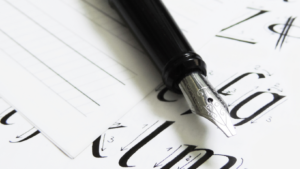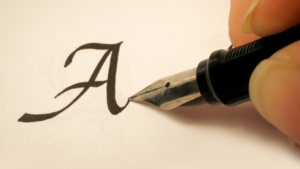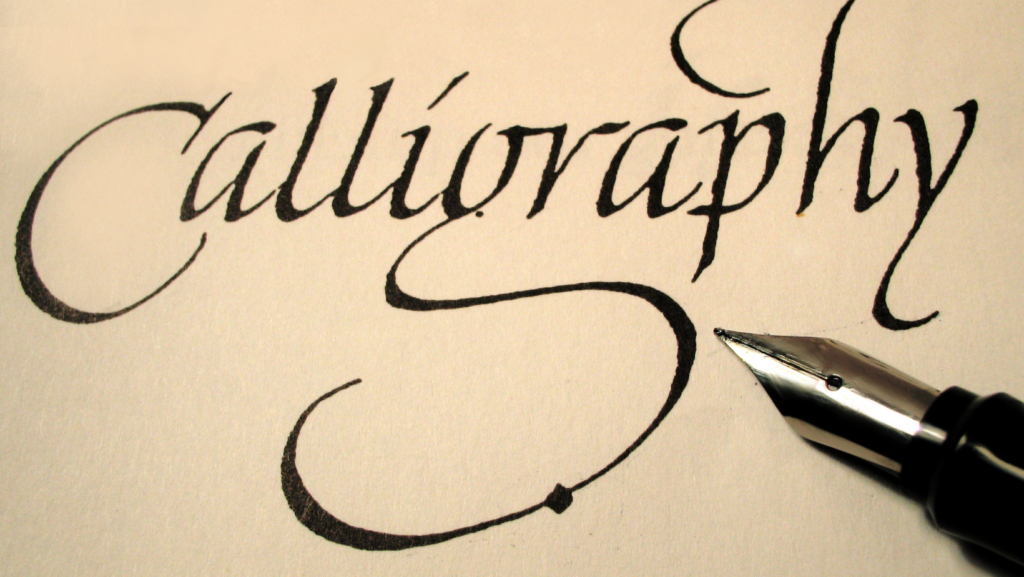Alphabet calligraphy, an art form that’s as timeless as it is beautiful. It’s a blend of creativity and discipline, transforming simple letters into stunning works of art. This ancient practice has been around for centuries, yet it’s still as captivating as ever.
Whether you’re a seasoned artist or a beginner looking to dabble in something new, alphabet calligraphy offers a unique way to express yourself. It’s more than just writing—it’s a journey into the world of intricate design and artistic expression.
In this article, we’ll dive into the fascinating world of alphabet calligraphy. From its rich history to the modern tools and techniques used today, including the essential Gear for Capturing the perfect strokes, we’ll explore how this art form continues to captivate and inspire. Get ready to unleash your creativity and discover the captivating world of alphabet calligraphy.
Understanding Alphabet Calligraphy

Diving deeper into Alphabet Calligraphy, it’s crucial to grasp its rich history, key elements, and unique features. To stay up-to-date, it promises to be an enlightening journey, expanding knowledge and inspiring creative perspectives.
Tools Required for Alphabet Calligraphy
As the art of Alphabet Calligraphy takes skill and practice, one might also consider using the right tools. Selecting these becomes essential in producing the desired results. The tools selected for the purpose hinge on two key aspects: writing utensils and paper types.
For accomplishing Alphabet Calligraphy, dip pens serve as a traditional choice. These pens, made of a metal nib linked to a wooden or plastic handle, get dipped in ink before writing. The flexibility of their nibs enables artists to control line thickness through pressure application. Additionally, calligraphy brush pens come as great tools, their fiber or hair tips allowing for swift, fluid strokes. However, for beginners, using marker-style calligraphy pens might be a good starting point, easing them into the pressure control aspect. To illustrate, the Tombow Dual Brush Pen and Staedtler Calligraphy Pen Set count among popular choices in this category.
Understanding Styles in Alphabet Calligraphy

Delving further into Alphabet Calligraphy, distinctive styles and their selection become crucial aspects. The following subheadings provide a closer look into the array of popular styles and help guide the process of choosing a personal style in this specialized art form.
Few popular styles in Alphabet Calligraphy are Copperplate, Spencerian, and Modern. Copperplate style, known for its elegant, flowing letters, has flourished since the 18th century. It is most prevalent in formal invitations and certificates. Spencerian, an American-born script, features delicate, thin strokes and is frequently used for writing letters. Modern calligraphy, a free-form style, allows calligraphers to break traditional boundaries and create their unique artistic interpretations.
| Style | Description | Example Usage |
|---|---|---|
| Copperplate | Elegant, flowing letters | Formal invitations, Certificates |
| Spencerian | Delicate, thin strokes | Letter writing |
| Modern | Free-form style, allows unique interpretations | Artistic works |
Choosing Your Style for Alphabet Calligraphy
Finding one’s style in Alphabet Calligraphy depends on personal preference and intended use. Start by experimenting with different styles, practicing each to understand its nuances better. Consider the purpose of your calligraphy, whether it is for artistic expression or formal communication, as thiscan guide your choice. Lastly, let personal enjoyment guide the selection process; it’s easier to hone a technique when the process is enjoyable. Flexibility exists within styles, allowing individuals to shape them into their unique renditions—making Alphabet Calligraphy a deeply personal artistic journey.
Practicing Alphabet Calligraphy

Honoring the ancient art of Alphabet Calligraphy requires practice and precision. This section offers valuable beginner tips and practice exercises to master Alphabet Calligraphy.
Tips for Beginners in Alphabet Calligraphy
- Regularly practicing is essential in learning Alphabet Calligraphy, setting aside specific time each week, for instance.
- Opt for quality over quantity when choosing tools; a single, high-quality dip pen outperforms a multitude of inferior pens.
- Refer to Alphabet Calligraphy guides and tutorials, like online videos or books, to solidify basic techniques.
- Make it a point to familiarize oneself with various styles, including Copperplate and Modern.
- Allow oneself to be patient, understanding that mastering any art form, including Alphabet Calligraphy, doesn’t happen overnight.

